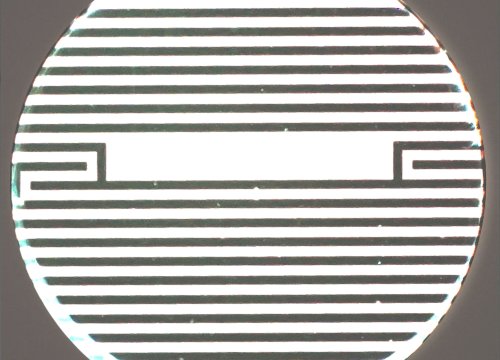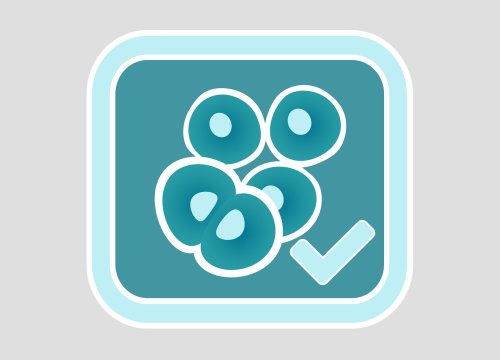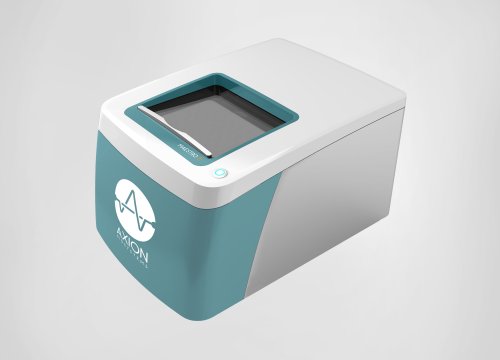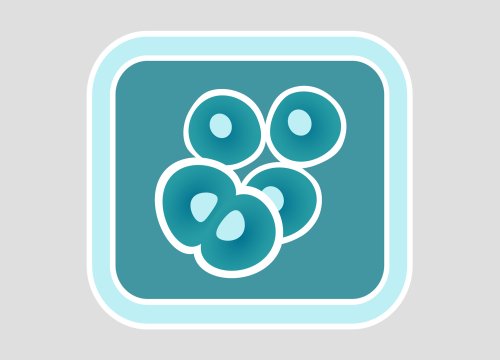Immune cell-mediated killing of cancer cells uses the body’s own immune cells to target and destroy tumors. Evaluating the potency of these therapies in vitro, before they reach the patient, remains a challenge.
Simple and sensitive, Axion BioSystems' bioelectronic assays collect continuous data, revealing the full response and kinetic interactions of immune cells and cancer label-free and in real-time.
Transcript of immunotherapy dynamic assay video
Immunotherapies harness the power of the immune system to fight cancer. For an immunotherapy to be successful, it must be potent enough to bolster one’s immune system and kill the targeted cancer. Evaluating the potency of these therapies in vitro, before they reach the patient, remains a challenge.
An in vitro potency assay must be able to quantitatively rank candidates, inform design, and assess consistency and performance. Many commonly used assays, such as chromium release, LDH, or MTT assays, require labels and dyes which kill the cells during measurement, revealing only a snapshot in time. If the timing of the assay is off, the results may not reflect the true effectiveness of a treatment. Measuring the full response requires more plates, cells, reagents, and time, greatly increasing the cost and complexity of the assay.
Axion BioSystems’ Maestro ZHT platform uses bioelectronic sensor technology that noninvasively monitors cell health and behavior automatically, without labels, capturing the complete experiment for minutes or days in a single plate. Sensitive electrodes embedded in the bottom of the plate use impedance to track small cellular changes, revealing information below the detection limit of other techniques. As a result, impedance assays are emerging as a go-to tool for assessing the potency of potential immunotherapies.
To measure cellular impedance, very small electrical signals are passed between electrodes. When cells are present, they block, or impede, these signals.
In an immunotherapy potency assay, the target cancer cells are added to the well first. When they attach to the plate, the recorded impedance increases as they grow and divide. Then effector therapeutic cells are added, such as CAR-T or NK cells, and begin to kill the cancer cells, decreasing impedance as the cancer dies.
Percent cytolysis is calculated automatically by comparing each well to the untreated and fully lysed wells with every timepoint accessible in the continuous data.
The speed at which the effector cells kill target cells, how many are killed, and how long the effect lasts are used to quantify the potency. Measuring chronic responses is just as important as acute, as immune cell exhaustion may reduce long-term potency allowing cancer populations to recover.
With the Maestro ZHT, you can:
- Measure the magnitude AND kinetics of immune cell-mediated killing in real time.
- Detect small changes at physiologically relevant cell ratios.
- Continuously assay 384 wells automatically, saving time and cells.
- Keep it simple with a hands-off, label-free assay and easy analysis
Get more than just a snapshot with Maestro ZHT and easily quantify the complex dynamics of immunotherapy potency.
How could Maestro ZHT help in your research? Explore the capabilities of Maestro ZHT’s bioelectronic assays at axionbio.com.




